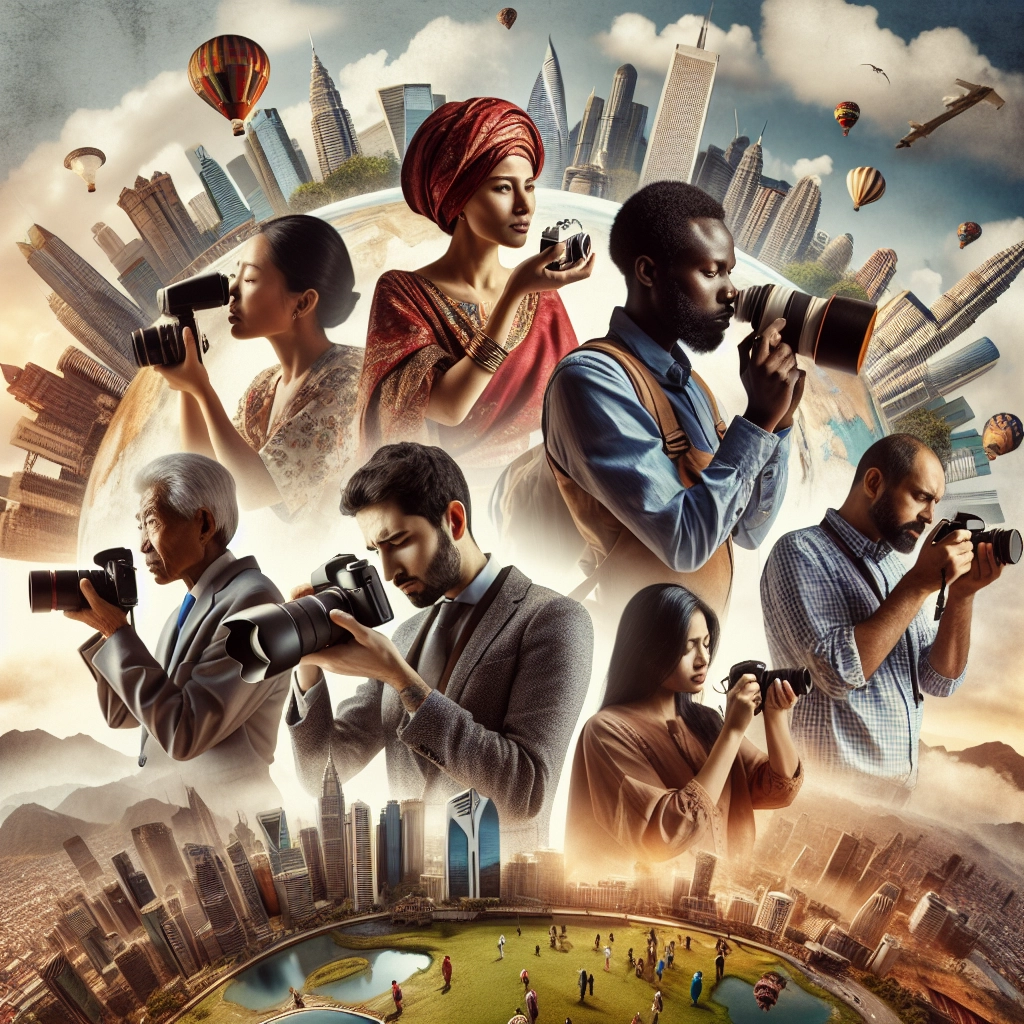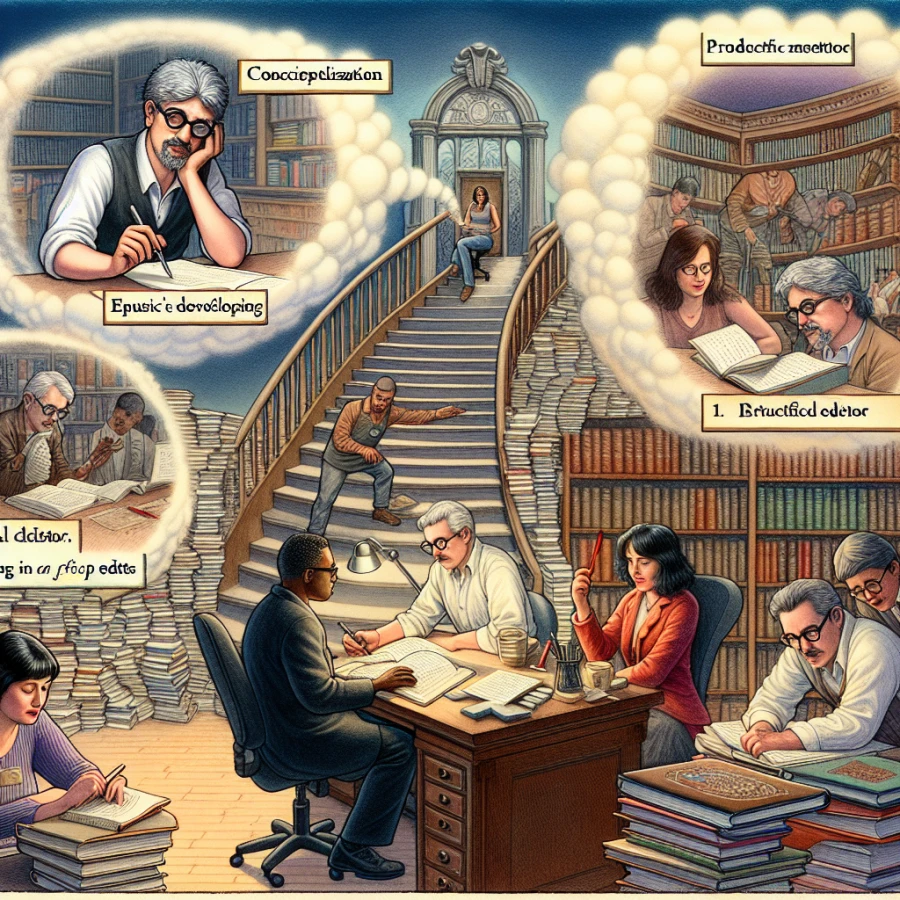The Power of Editorial Photography: Telling Stories That Matter
In an attention-fragmented world, editorial photography cuts through the noise by pairing visual urgency with journalistic intent. It turns facts into felt experience, invites empathy, and anchors complex issues in human moments. More than pretty pictures, these images are arguments and insights—built to be read, not just watched.
What Makes Editorial Photography Different
Unlike commercial work that persuades or pure photojournalism that reports, editorial photography lives between analysis and art. It supports a narrative, respects truth, and brings a considered point of view to real events and real people.
- Purpose: Inform, question, and humanize—rather than sell.
- Context: Images run with headlines, captions, and data that shape meaning.
- Voice: A perspective without staging or deception.
Building a Narrative in a Single Frame
Storytelling happens through choices: where you stand, when you press the shutter, and what you exclude. The strongest frames layer information, guiding the eye while preserving ambiguity that invites interpretation.
- Subject and Setting: Place reveals stakes and scale.
- Gesture and Moment: A glance, a pause, a reach—character in microseconds.
- Light and Composition: Shape mood and hierarchy of attention.
- Details: Hands, notes, doorways—facts disguised as texture.
- Sequencing: Opener, context, portrait, detail, closer—visual arc.
Ethics That Build Trust
Credibility is the currency. Editorial images must be accurate, respectful, and transparent about access and limitations. Anything less erodes the story—and the audience.
- Photograph what happens; don’t stage or move elements.
- Caption precisely; verify names, dates, and locations.
- Edit lightly: tone, crop, and dust—not manipulation.
- Protect vulnerable subjects; minimize harm and bias.
From Idea to Publication
Great assignments often start close to home. Chase the underreported, collaborate deeply, and deliver with clarity.
- Research: Read, call, pre-interview, map access and permissions.
- Pitch: Thesis, characters, locations, timeline, and why now.
- Shoot: Build trust, return often, stay for the quiet moments.
- Deliver: Tight edit, accurate captions, and alt text for accessibility.
At its best, editorial photography doesn’t just show what happened—it helps us understand why it matters, and who is changed in the process.


